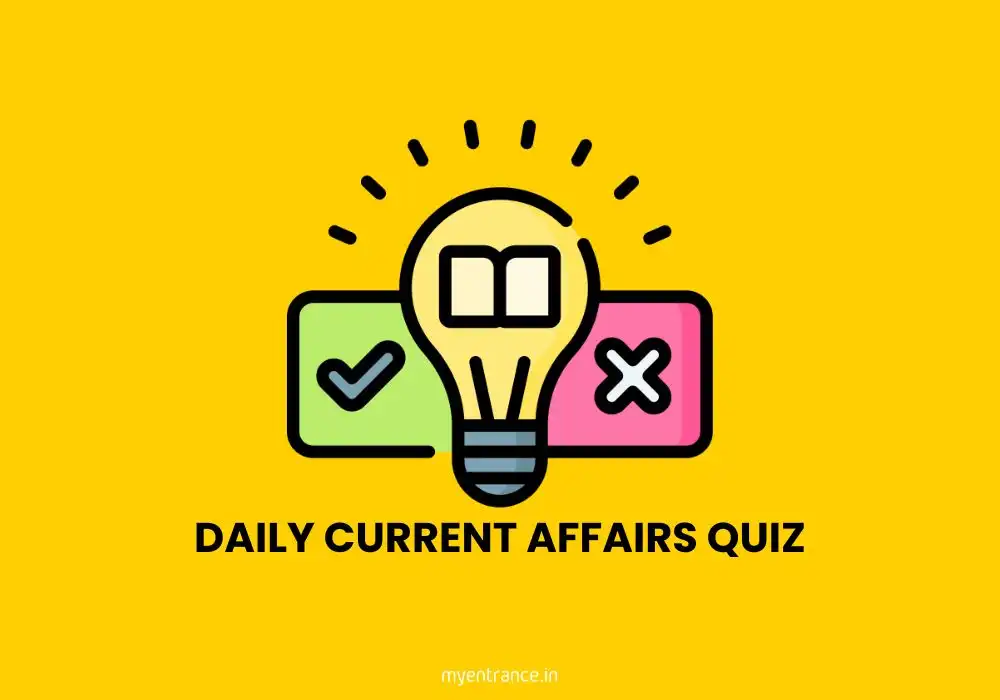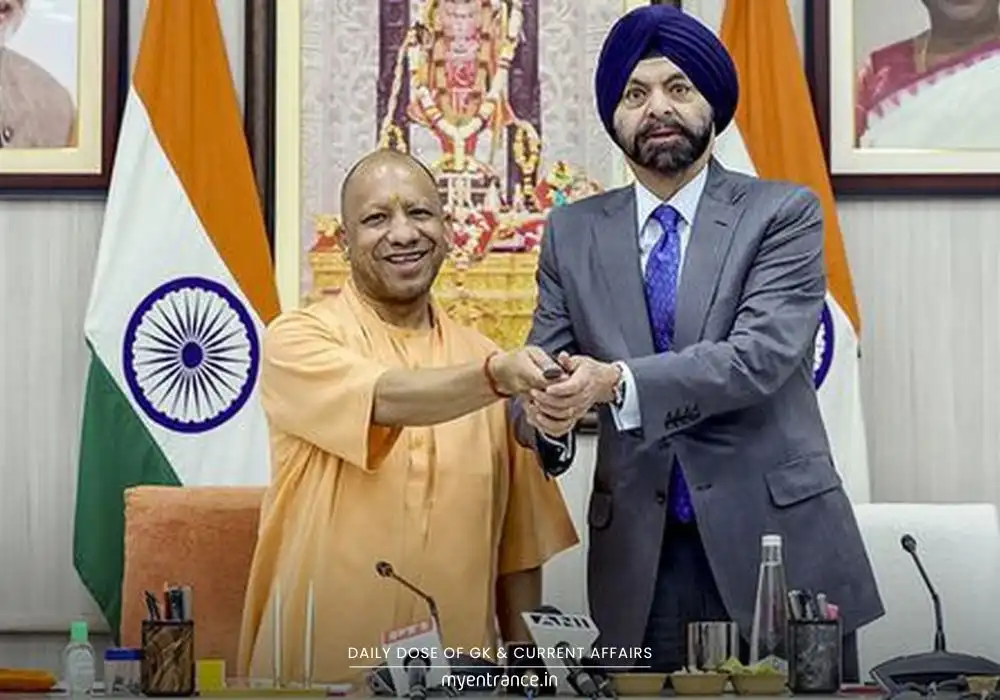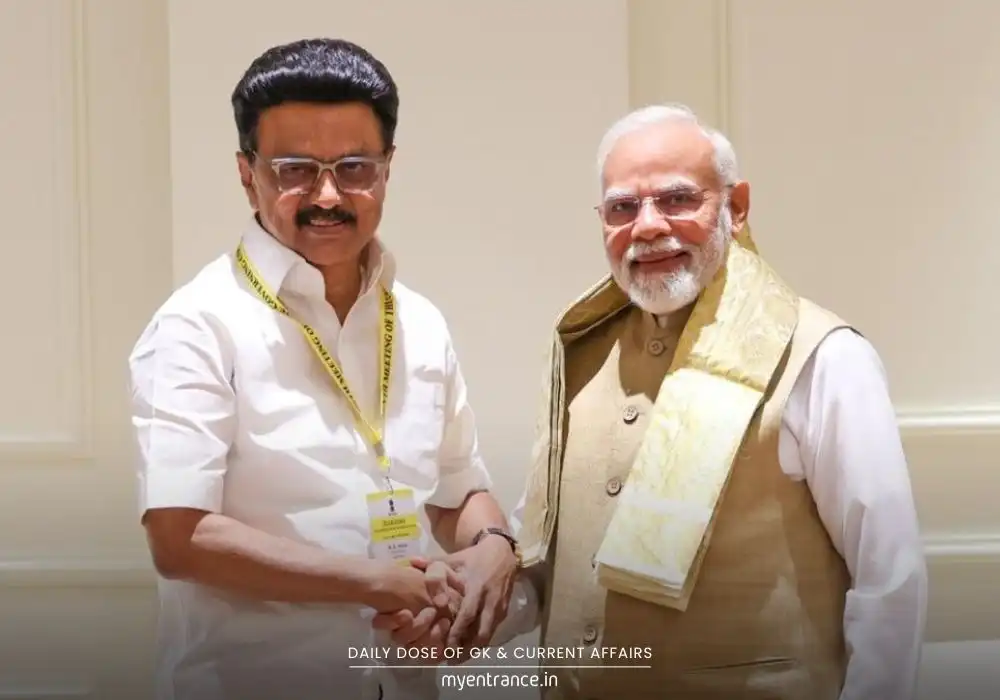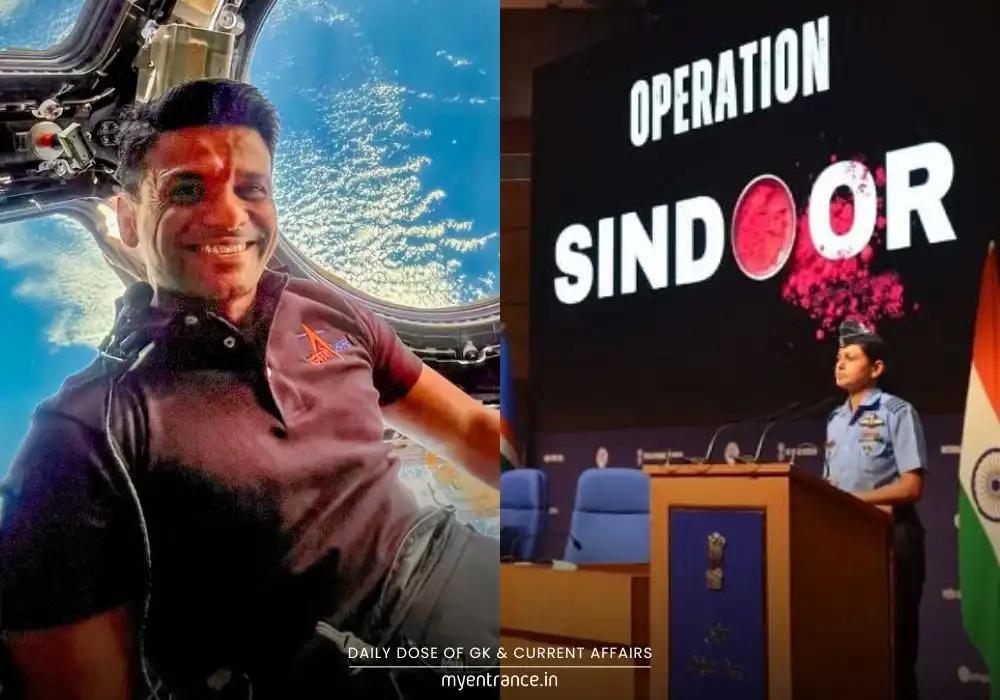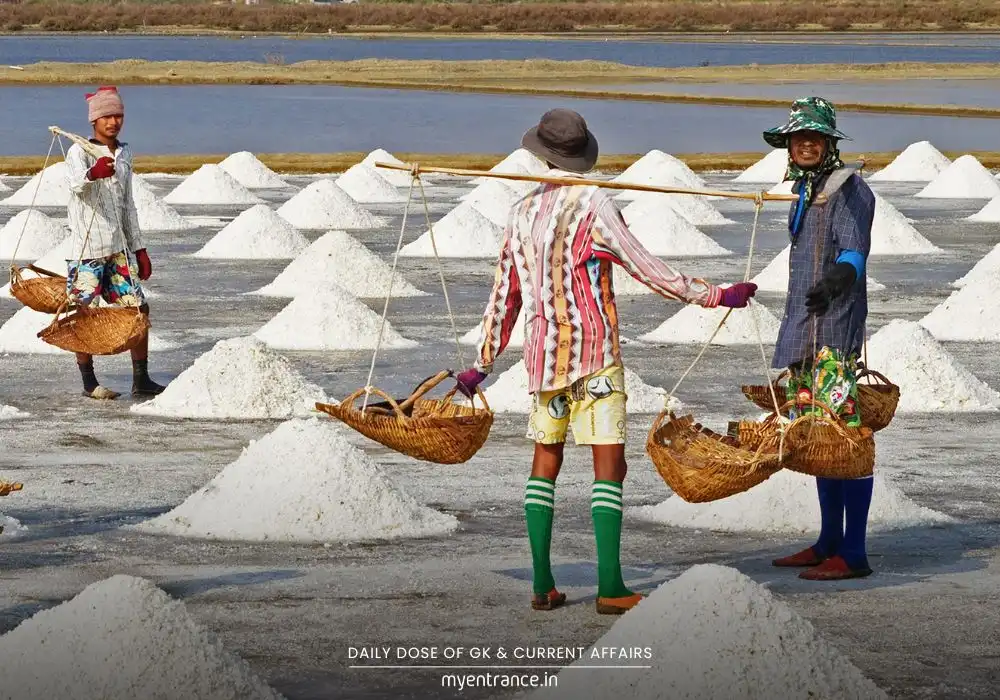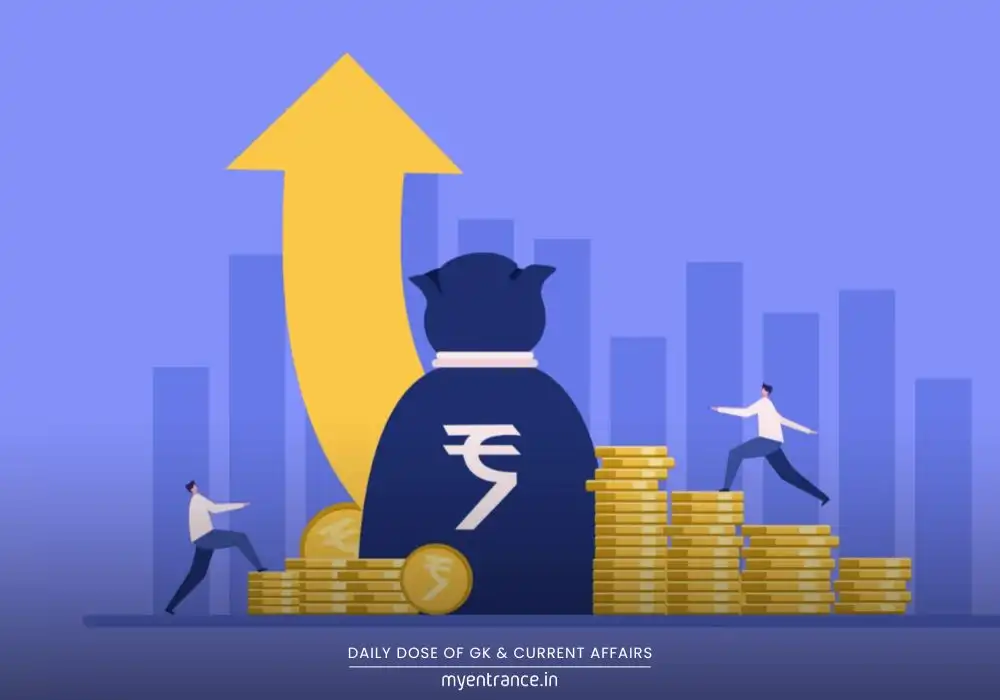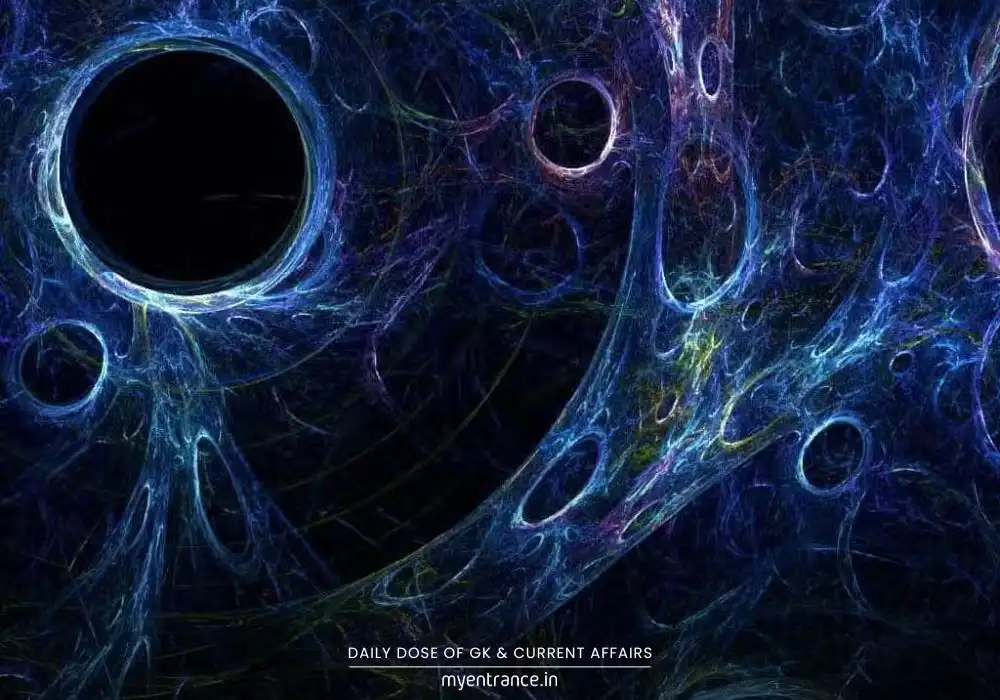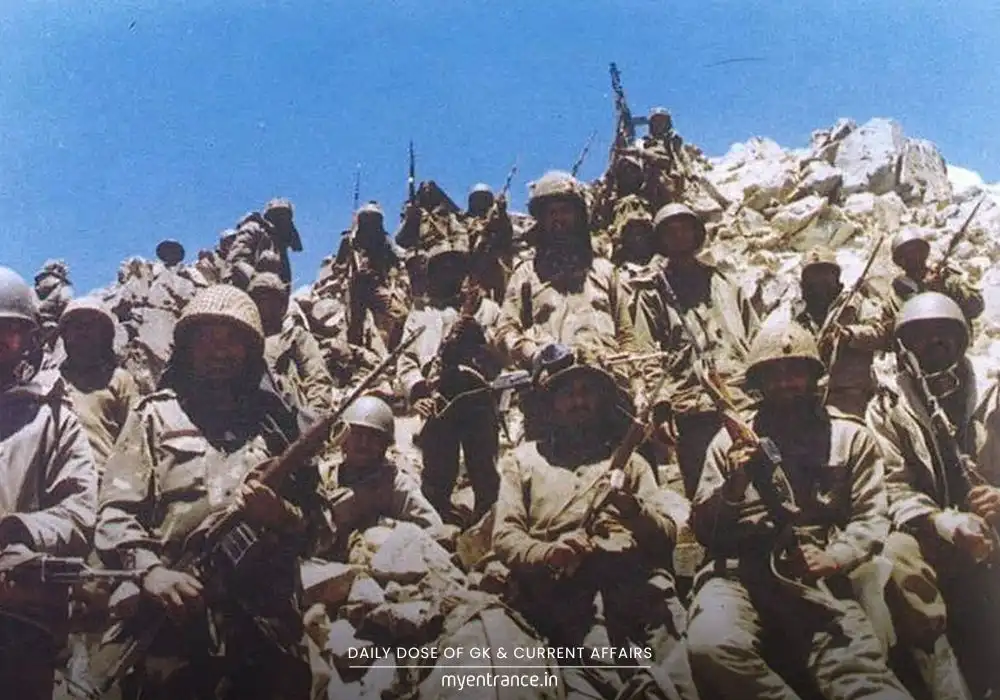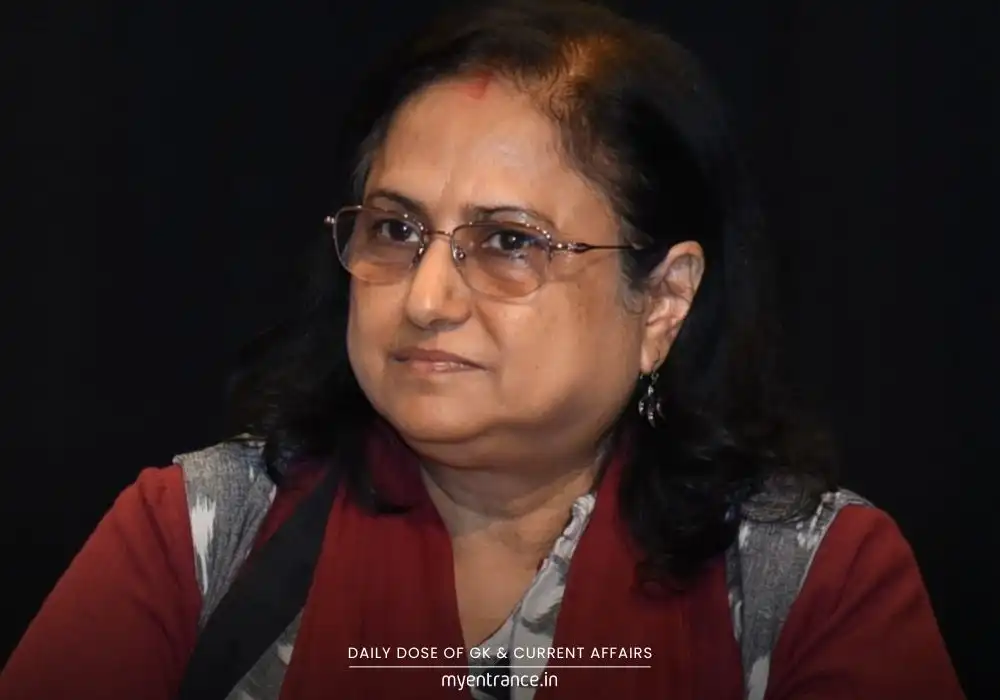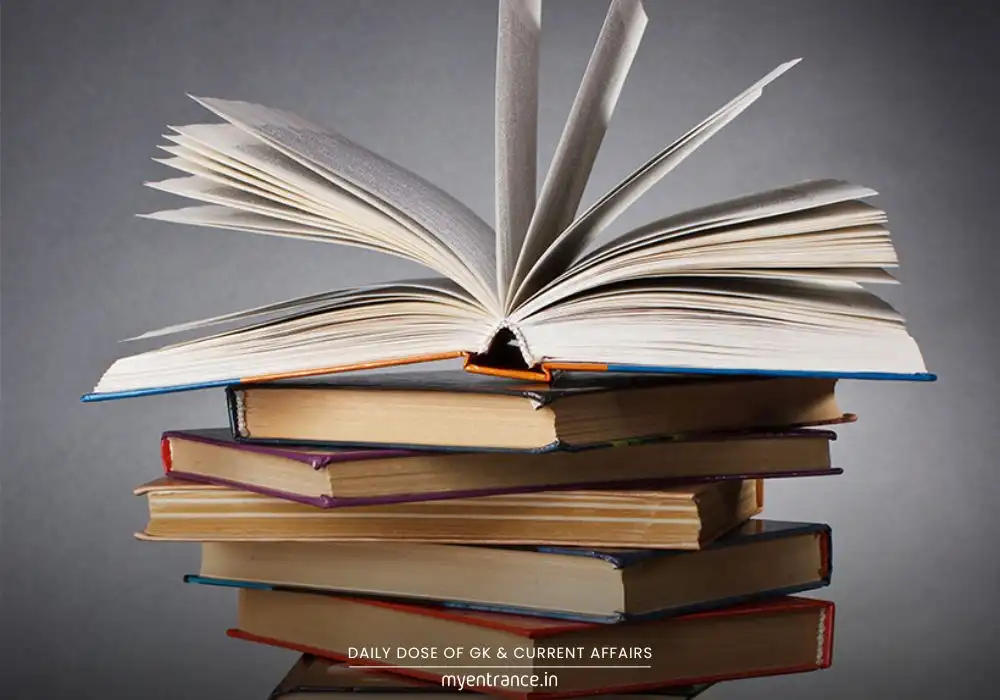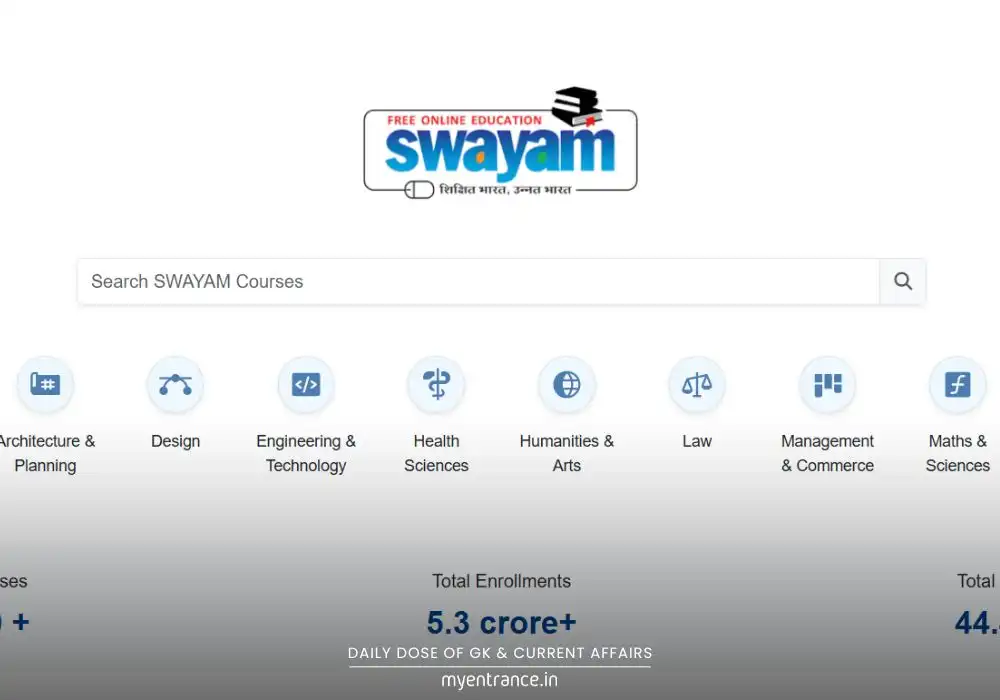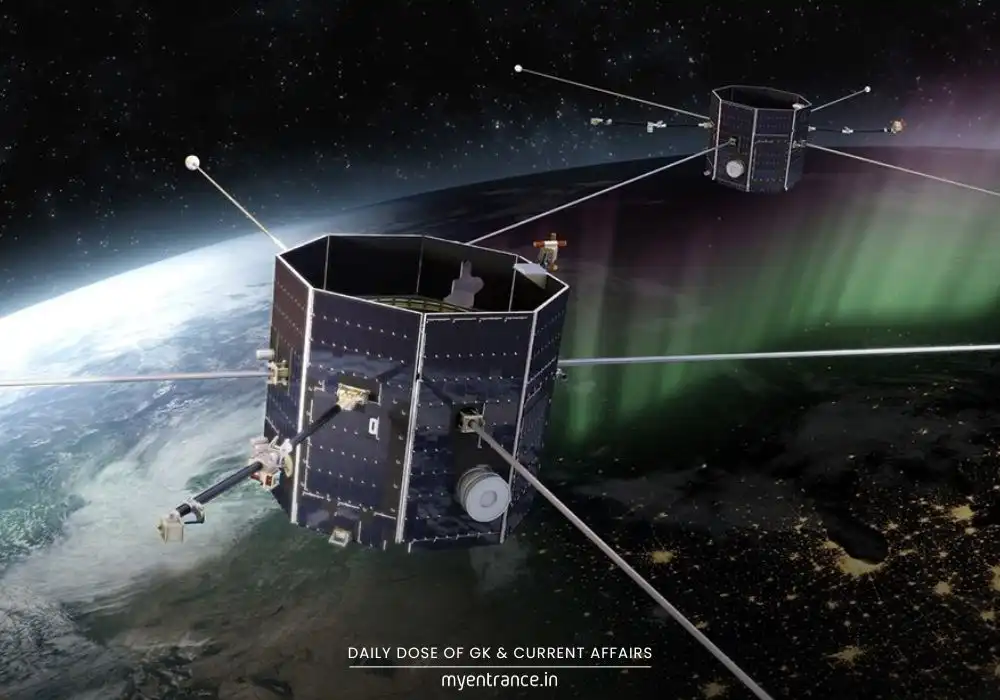Translate Language
Gyan Bharatam Mission: How Will Digitizing Ancient Manuscripts Transform Education?
India’s vast treasure of ancient manuscripts—spanning philosophy, science, medicine, and arts—is set to get a digital revival. The Gyan Bharatam Mission, announced by PM Modi in the 124th episode of Mann Ki Baat, will digitize over 1 crore manuscripts and create a centralized knowledge hub. This initiative not only preserves history but also empowers future generations with timeless wisdom.
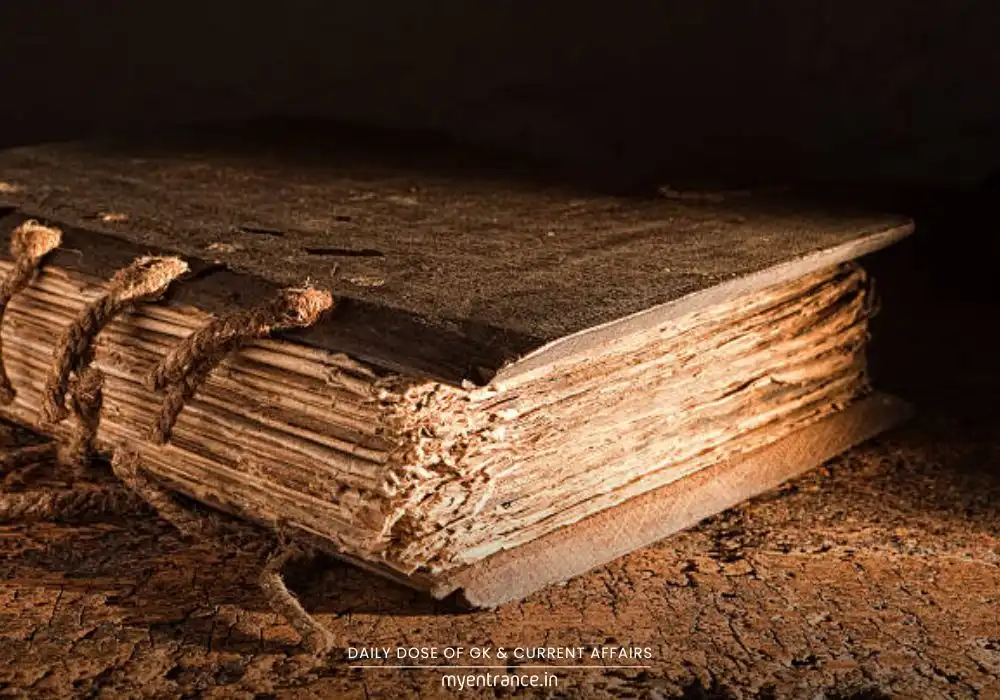
How Will Digitizing Ancient Manuscripts Transform Education?
1. Preserving India’s Intellectual Legacy
Ancient manuscripts are more than just texts—they are “chapters of India’s soul,” as PM Modi described.
Many manuscripts are deteriorating due to age, climate, and neglect. Digitization ensures their long-term conservation.
2. Global Access to India’s Knowledge
The National Digital Repository will allow students, teachers, and researchers worldwide to explore India’s scientific, cultural, and spiritual heritage.
From Ayurveda to astronomy, these texts hold insights still relevant today.
3. Boost for Research & Education
Scholars can study rare manuscripts without physical limitations.
Exam aspirants (UPSC, SSC, NIFT, etc.) can access historical documents for deeper insights into India’s civilizational progress.
4. Aligns with Viksit Bharat & Digital India
The mission supports PM Modi’s vision of a knowledge-driven developed India (Viksit Bharat).
Budget allocation surged from ₹3.5 crore to ₹60 crore, showing strong government commitment.
5. UNESCO Recognition & Maratha Forts
In the same Mann Ki Baat episode, PM Modi celebrated UNESCO declaring 12 Maratha forts as World Heritage Sites.
These forts, like Shivneri (Shivaji Maharaj’s birthplace) and Khanderi (a sea fort), symbolize India’s strategic and architectural brilliance.
Key Questions About the Gyan Bharatam Mission
Q1: What is the main goal of the Gyan Bharatam Mission?
A: To digitize, preserve, and democratize access to India’s ancient manuscripts through a National Digital Repository.
Q2: How will students and researchers benefit?
A: They can study rare texts online, aiding academic research, competitive exam preparation (UPSC, SSC, etc.), and cultural studies.
Q3: Why is digitization crucial for ancient manuscripts?
A: Many manuscripts are fragile or scattered; digitization prevents permanent loss and makes them searchable and shareable.
Q4: What’s the budget for this mission?
A: The government increased funding from ₹3.5 crore to ₹60 crore in the 2025 Union Budget.
Q5: How does this connect with UNESCO’s recognition of Maratha forts?
A: Both initiatives highlight India’s commitment to preserving history—manuscripts (intangible heritage) and forts (tangible heritage).
The Gyan Bharatam Mission is more than an archival project—it’s a bridge between India’s past and future. By digitizing manuscripts, we ensure that the wisdom of Aryabhata, Charaka, and Chanakya remains alive for generations. For exam aspirants, this is a goldmine of knowledge; for India, it’s a step toward reclaiming its global intellectual leadership.
Get 3 Months Free Access for SSC, PSC, NIFT & NID
Boost your exam prep!
Use offer code WELCOME28 to get 3 months free subscription. Start preparing today!
